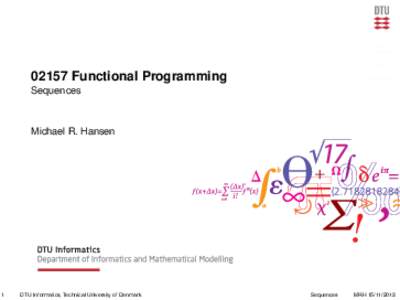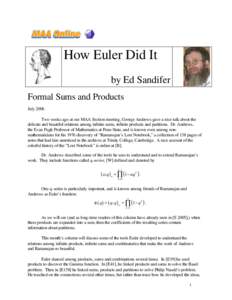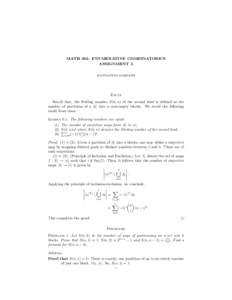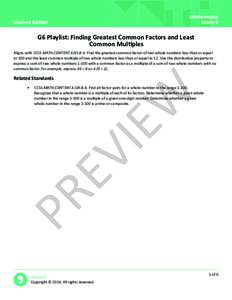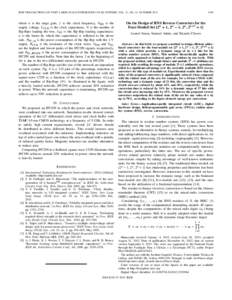<--- Back to Details
| First Page | Document Content | |
|---|---|---|
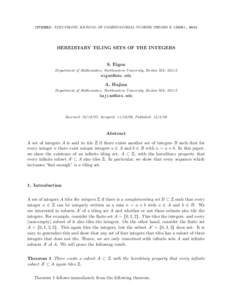 Date: 2008-12-03 12:33:02Algebraic number theory Combinatorics Integer sequences Elementary number theory Integer Combinatory logic Ring Factorial Binomial coefficient Mathematics Abstract algebra Ring theory |
Add to Reading List |
 INTEGERS: ELECTRONIC JOURNAL OF COMBINATORIAL NUMBER THEORY[removed]), #A54 HEREDITARY TILING SETS OF THE INTEGERS S. Eigen Department of Mathematics, Northeastern University, Boston MA, 02115
INTEGERS: ELECTRONIC JOURNAL OF COMBINATORIAL NUMBER THEORY[removed]), #A54 HEREDITARY TILING SETS OF THE INTEGERS S. Eigen Department of Mathematics, Northeastern University, Boston MA, 02115